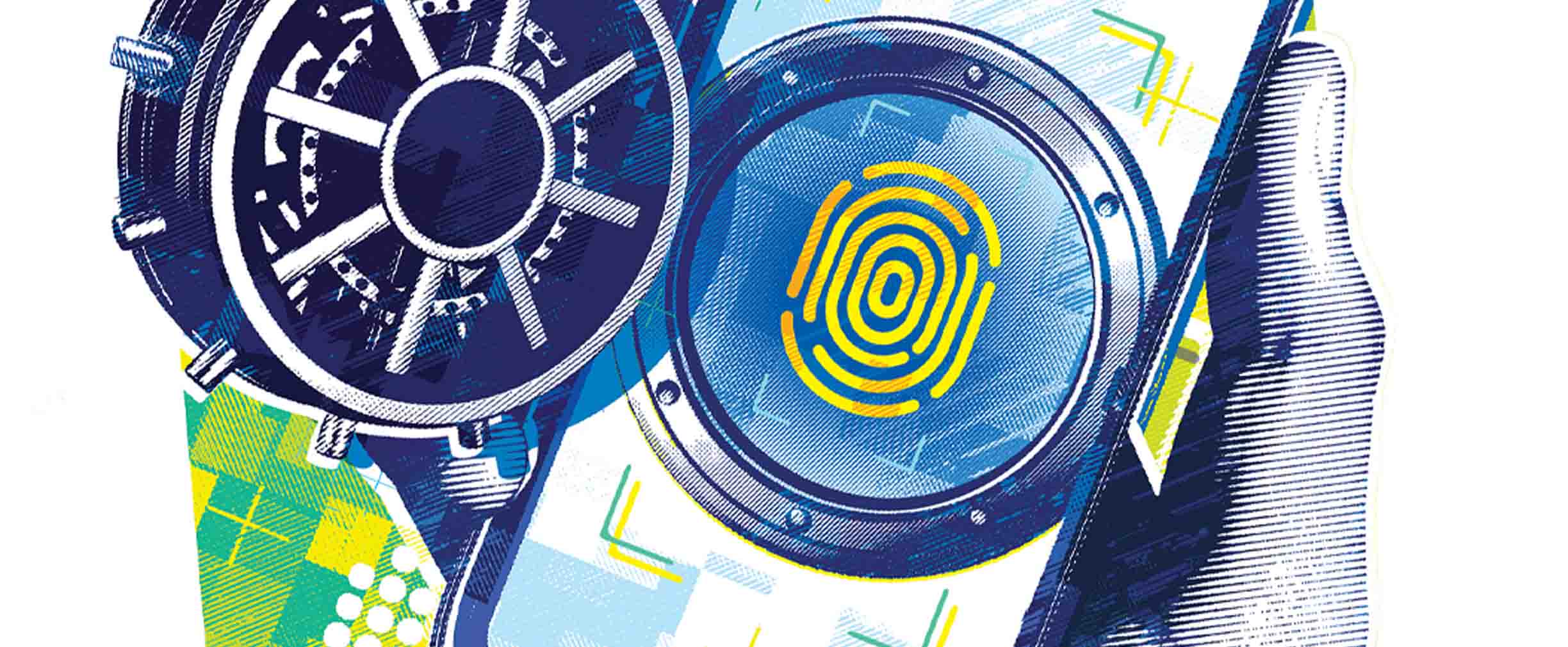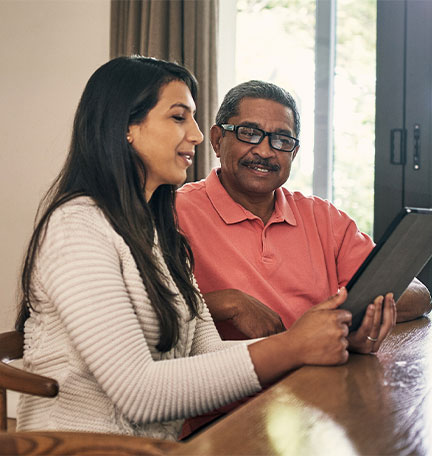Additional security measures to keep your accounts secure.
With some of your personal information present in your online accounts, it makes sense to use every available security tool to protect yourself. “Single passwords are not enough anymore,” says Ivana Cojbasic, Chief Information Security Officer for Regions Bank.
One important security solution is two-factor authentication, which verifies any attempt to log in to your account. In most cases, the first step is your username and password. The second step requires an additional piece of information. Here are a few examples:
Code Via Text Message
A one-time code is sent to your mobile phone. You then enter that code into the account’s website or app to access. These codes may only be active for a short period of time.
Authenticator Software
A program continuously generates a one-time code that randomizes after a set interval. Many banks offer authentication apps to their customers. “At Regions, we have a few different software authenticator applications,” Cojbasic says.
Biometrics
If you currently use your fingerprint, voice or facial recognition software to unlock your mobile phone, then you’re already well-acquainted with biometrics. As voice- and fingerprint-recognition technology spreads and face scans mature to become cheaper and more convenient, these technologies may provide a new means of authentication.
Are Two Steps Enough?
Even with two-factor authentication, people need to be wary and use common sense. “Success still depends on the end user and how conscientious they are about choosing their passwords and changing them regularly,” says Cojbasic.
Talk to Your Regions Wealth Advisor About:
- How to safeguard your accounts and protect yourself against fraud.
- Ways that you can protect your family online.
Interested in talking with an advisor but don’t have one?
Find a contact in your area.











